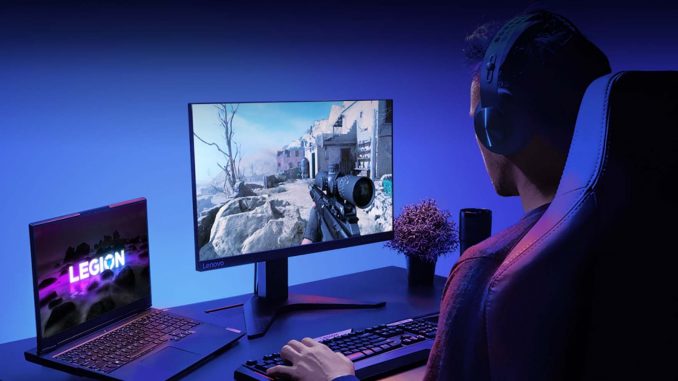
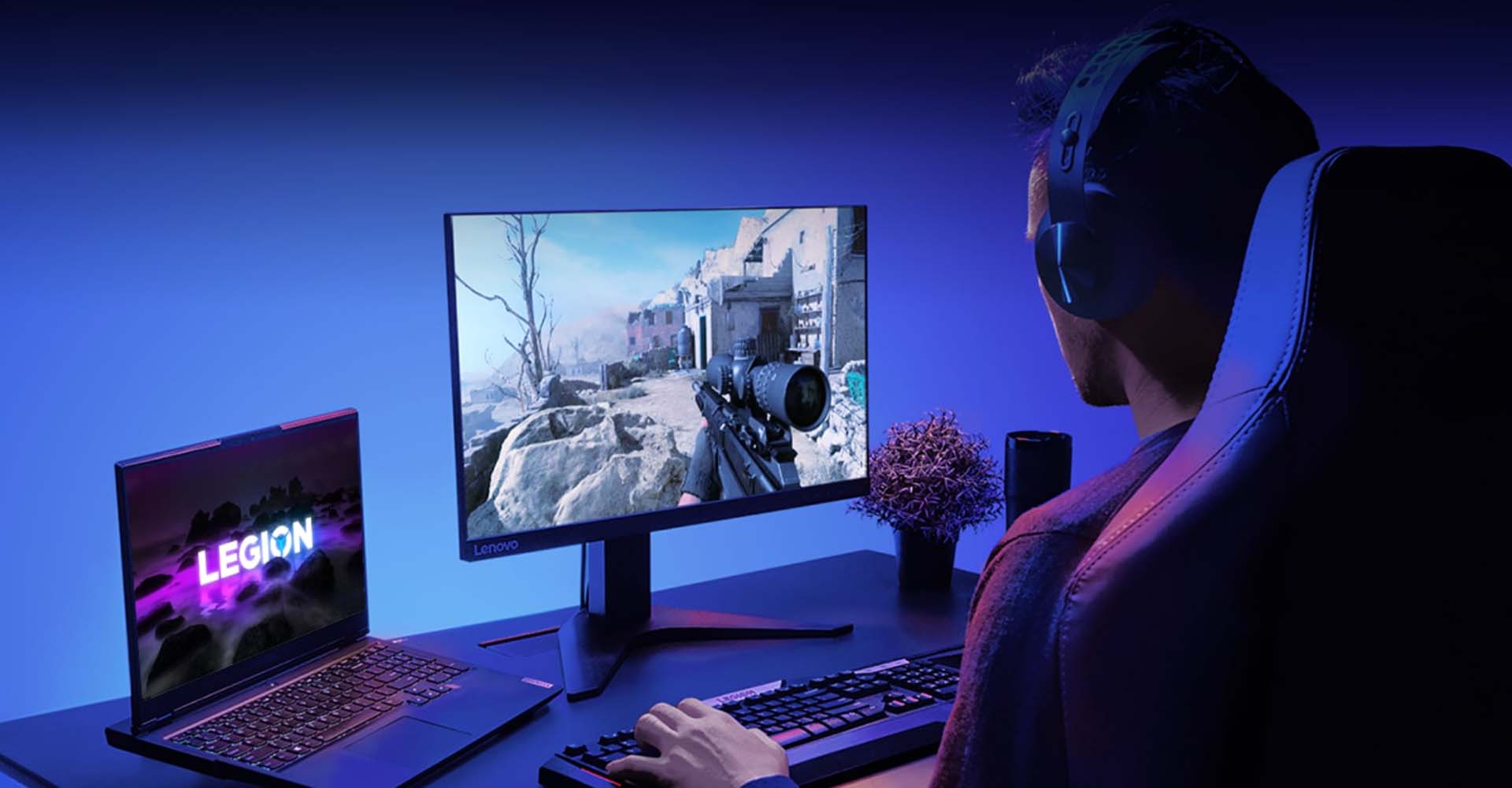
Should I buy a desktop PC or a laptop instead? This is something that stumps both first-time buyers and those seeking to replace their existing computers.
While the internet is chock full of buyer’s guides that help you choose the right configuration for your computing needs, they aren’t much help for those torn between laptops and desktops This is an increasingly pertinent question given how modern laptops are powerful enough to match desktops in demanding tasks such as gaming and video editing.
But which one of these computing form factors is right for your use case?
Factors such as ergonomics, budget, portability, and performance dictate whether you are better off with a desktop or a laptop for your computing needs. Things, however, get complicated when you factor in the modern-day wildcards of global chip shortages and supply chain issues.
Read on for the most up-to-date and comprehensive answer to the oft-asked question—should you buy a laptop or a desktop?
Size Matters Even in Computing…
In most engineering applications, bigger is usually better. The 12-cylinder engine from a Lamborghini Aventador supercar is much more powerful compared to the tiny two-stroke engine from the ageing Bajaj Chetak scooter. Computers are no different.
Although shrinking processor nodes allow chip makers to pack in a larger number of transistors within the same die size, increasing the physical footprint of the chip still remains the most feasible way to increase the performance of any processor or graphics card.
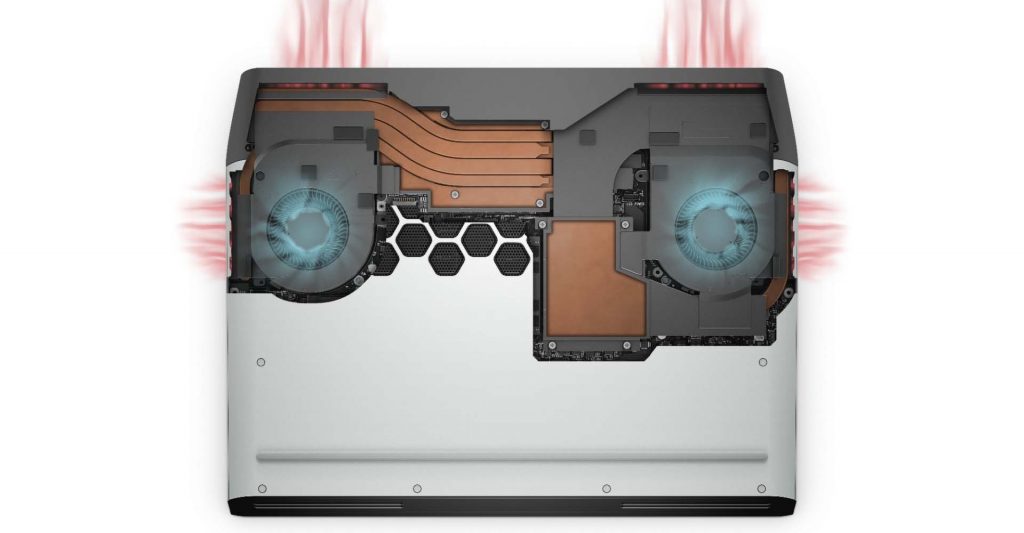
However, larger chips consume more power, while also generating a proportionally larger amount of heat. This calls for beefier power supplies and cooling systems—all of which make such powerful computers bulkier than usual.
Desktop PCs have the luxury of space to accommodate these beefier components and dissipate heat efficiently. Laptops, however, don’t have the leeway to accommodate the large and heavy power delivery and cooling sub-systems necessary to tame power-hungry components.
Also Read: Best Gaming PC Build Under ₹70,000
While a regular desktop PC can get away with a bulky aluminium cooler, a powerful laptop are compelled to use pure copper radiators replete with vapour chamber cooling technology. The same goes for the power delivery circuitry. Generating more power while keeping the overall size and weight down is an incredibly costly affair.
This makes laptops several times more expensive for every watt of computing power delivered vis-à-vis their desktop counterparts. In simple terms, laptops are not only sub-optimal but also pricier for demanding applications such as video editing and gaming.
…But Ergonomics Matter As Well
The amount of time you plan on working at a stretch also plays an important role in selecting the ideal computing platform. Laptops are convenient for quick bursts of work or play while on the move, but they are far from ideal for the 9-to-5 work routine.

The screen size on even the bulkiest laptops is still too small to work long term without eye strain. Dealing with a keyboard permanently fixed to the display is also an ergonomic time-bomb that guarantees long-term work-related disabilities, such as repetitive strain injury (RSI), carpal tunnel syndrome (CTS), and other orthopaedic ailments of the neck and shoulders.
The only safe way to use a laptop for extended periods is by hooking it up to an external monitor, keyboard, and mouse. You’re now left with what’s essentially an overpriced, underperforming desktop computer, which is exactly what you should have bought in the first place.
Although Apple’s M1 Max-equipped MacBook Pro promises to bridge the performance gap with the average desktop computer, and is touted to beat many high-end PCs and laptops, it still isn’t feasible as a permanent computing solution from the long-term ergonomics perspective.
Laptops for Mobility, Desktops for Power?
Based on what we have gleaned so far, you’re better off investing in a desktop for demanding applications such as gaming or professional content creation. Laptops are best relegated for tasks where mobility is more important than performance. But if you must play demanding games or edit videos on the move, you have no choice but to pay through your nose for a powerful laptop.
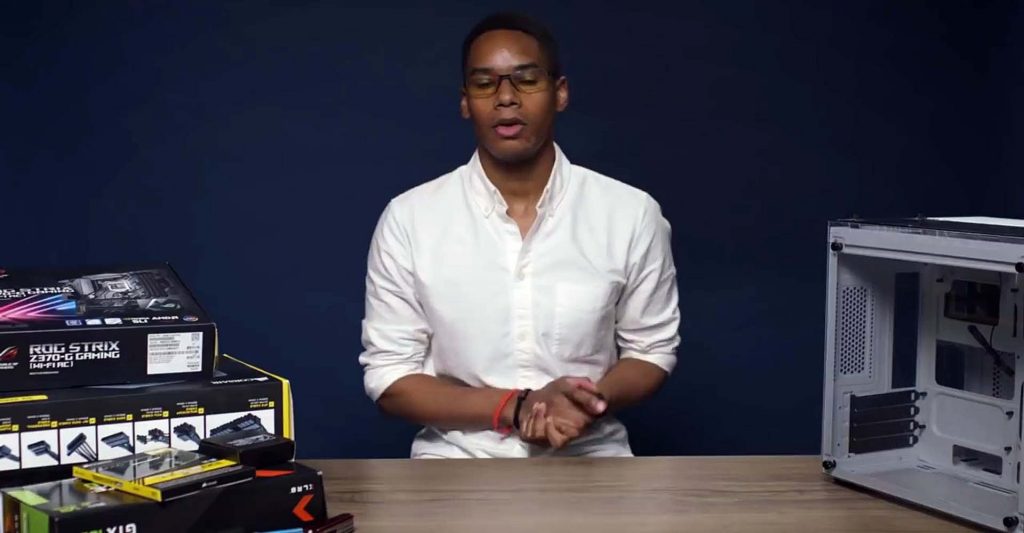
That would be the last word on this subject in an ideal world. Unfortunately, the real world has been anything but ideal for the past couple of years. The crumbling supply chain and worsening chip shortages have upended all rules governing the pricing of computers and associated components.
Assembling a computer capable of gaming or video editing on your own is nigh impossible without being forced to pay more than five times the normal price of components. A graphics card that would typically cost ₹40,000 now goes just shy of ₹2,00,000. Building your own PC used to be the cheapest option out there, but it has now become the most expensive route.
Contractual Obligations and Profit Margins
This isn’t surprising given how the DIY computer space has always entailed razor-thin profit margins for the manufacturers involved. The branded desktop and laptop computing space is a lot more lucrative given the economies of scale and relatively lower operating costs enatiled by their business-to-business nature.

Not surprisingly, as chip supplies dwindled, computer component manufacturers diverted their stocks away from the DIY computer segment to concentrate on fulfilling their contractual obligations to branded desktop and laptop manufacturers. Does that mean you should make a beeline for the latest Dell Alienware desktop computer?
The tragic truth is that even branded desktop computers are impossible to procure at this juncture.
This is partly because cost-effective desktops and laptops are in high demand thanks to the teeming billions of students and white-collar professionals transitioning to working/studying from home. The other side of the equation involves the significantly higher profit margins chip makers earn from their laptop-grade offerings.
In other words, even as branded desktop computers become harder to come by, the market is being saturated with laptops.
Gaming the System to Your Advantage
As Intel, AMD, and NVIDIA balance their limited chip supplies while walking the tightrope between maximising profit margins and fulfilling contractual obligations, this presents an opportunity for those smart enough to game the system to their advantage.
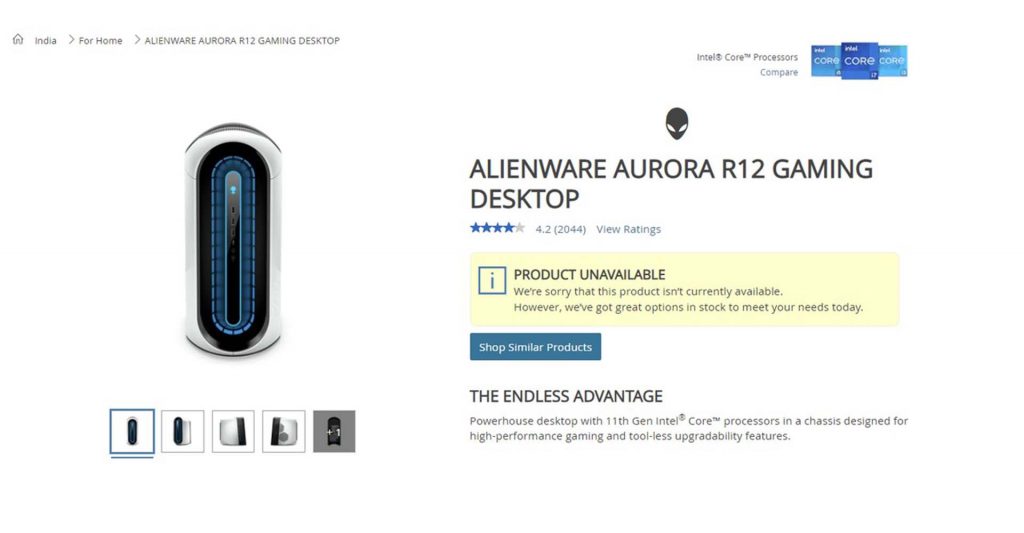
Even as manufacturers prioritise laptops over desktops, majority of the demand is concentrated around the low-to-mid-range laptops ideal for telecommuting. While it is difficult to find such models in stock, it’s much easier to find more powerful laptops meant for gaming and content creation.
It’s strange how the demand-supply dynamics have shaped the consumer computing market.
It gets even stranger when you realise how an Alienware laptop equipped with an NVIDIA RTX 3080 GPU costs only a few thousand more than the current street price of a standalone NVIDIA RTX 3080 graphics card. That’s it—just the graphics card and nothing else to go with it. The deal becomes sweeter when you consider how close the performance is between the desktop and laptop Ampere GPUs.
Weird World: How Mini PCs Trump Laptops
The deals get even more lucrative as you move from the low-volume gaming laptops to the even lower volume mini PCs.
Zotac’s Magnus series of powerful mini PCs is one of the best examples of this phenomenon. The screenshot of the Amazon listing alongside demonstrates how a Zotac Magnus barebones mini PC equipped with a discrete NVIDIA RTX 3070 costs a cool ₹24,000 less than the same discrete graphics card.
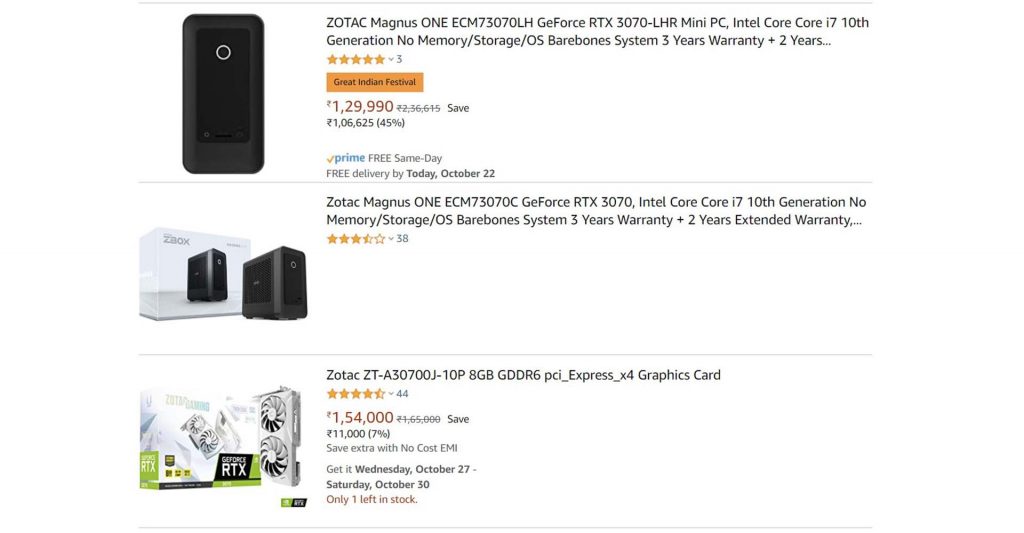
The 10th-generation Intel Core i7 processor, power supply, and case come effectively free when you buy the Zotac Magnus instead of Zotac’s own discrete graphics card. In fact, because the Magnus mini PC is equipped with a full-sized graphics card, it makes sense to buy it just to scavenge the GPU.
Everything else is just a bonus at that point.
It Pays To Think Out of the Box
Under normal circumstances, desktops are the cheapest and most efficient means to harness cutting edge computing power, but the global chip shortages and supply chain issues have rendered conventional wisdom obsolete. Real prudence lies in understanding the demand/supply forces and going for low-volume, low-demand alternatives instead.
It might be impossible to build a gaming or video editing PC for the foreseeable future, but you can save a lot of money and time by opting for a mini PC or a gaming laptop instead. Unusual problems, after all, call for unusual solutions.
[“source=nonsitego”]
